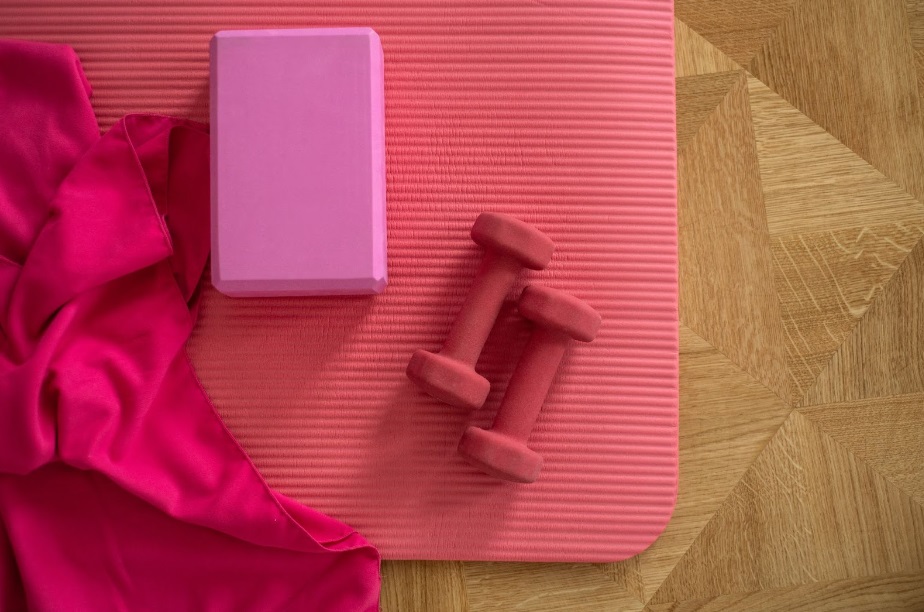The most popular options for flooring for a home gym are rubber and foam. Although these are excellent solutions, they have different purposes. The appropriate product for your application should be determined by your priorities and how you plan to use the space.
Both foam and rubber flooring options have advantages for use in a gymnasium or workout room, including that they are non-absorbent. An example is Judo Tatami Mats, which have a high-density foam core that absorbs shock.
Here are some tips to help you decide which materials are better for your home gym floor.
Rubber is the most often used material for home gym floors since it is reasonably priced, highly strong, and simple to install.
Areas that will be used with weights or exercise equipment are the most likely to include rubber. Aerobic sports, like jumping or bounding, only add a little in the form of padding.
Generally speaking, rubber is more difficult to install than foam due to the weight difference. Although rolls have fewer seams than tiles or mats, they are heavier.
Rubber gym flooring is available in various forms, including big rolls for commercial gyms, small rolls for home gyms, interlocking tiles and mats in different widths and thicknesses to fit all types of gyms, and straight edge mats similar to those seen in stalls for horses.
What Are the Benefits of Rubber Gym Mats?
The highest level of durability for exercise equipment is provided by rubber flooring in a gymnasium. Thick rubber mats are so durable that horse owners frequently use them in stalls because they can withstand all the abuse these large animals can dish out.
This durability provides fitness center owners and homeowners with excellent value when installed beneath gym equipment. Some of the most common applications for rubber in the gym include:
- Weightlifting
- Heavy-duty exercise equipment
- Plyometric workouts
- Workouts with high intensity
- Providing insulation against the cold cement
Foam Gym Flooring may be your ideal home gym floor material.
Foam gym tiles are generally less expensive than rubber because they are lighter and more suited to home gyms where cardio activities, floor exercises, grappling, or tumbling will be performed. It is not as tough as rubber and does not fare as well beneath weights or exercise equipment. Foam is usually easier to install than rubber and less expensive to ship because it is lighter.
This is the ideal gym floor thickness for those who enjoy exercising with bodyweight exercises or smaller dumbbells. It will reduce fatigue significantly by providing a firm and stable cushion. It’s also an excellent insulator, so if you work out in a basement or garage gym, you won’t feel the cold or hardness of the concrete below.
What Are the Benefits of Foam Flooring Gym Mats?
Other types of foam provide adequate cushioning in a durable and lightweight package, resulting in a comfortable sports floor. The following are some of the best applications for foam for exercise area floors:
- Yoga
- Cardio
- Workouts on the ground
- Exercise machine assistance
- Gymnastics and cheerleading
- Combat sports
If you want to add color to your gym floor, this is a much less expensive option than colored rubber. Foam is a much better option than rubber for those practicing martial arts or any form of dance fitness because it allows you to spin and pivot much easier than a rubber floor. It also provides some fall protection and does not absorb liquids.
Just keep in mind that some foam gym floors are better suited to shoes than others. All foam tiles are suitable for bare feet, but some have a surface texture that is more resistant to scuffing from shoes or boots than others.


